——In-depth report of optical communication industry
At present, the silicon photonics market is not too big. It is estimated that sales in 2015 will be less than 40 million US dollars. In fact, only a few companies have begun to ship products in the open market. According to market research company Yole Développements, the data center and several other new applications will bring a multibillion-dollar market for silicon photonics technology by 2025. Yole analysts pointed out that investment from venture capitalists (VCs) and several start-up companies in these fields has increased, showing that silicon photonics technology has reached the tipping point before the forthcoming large-scale growth.
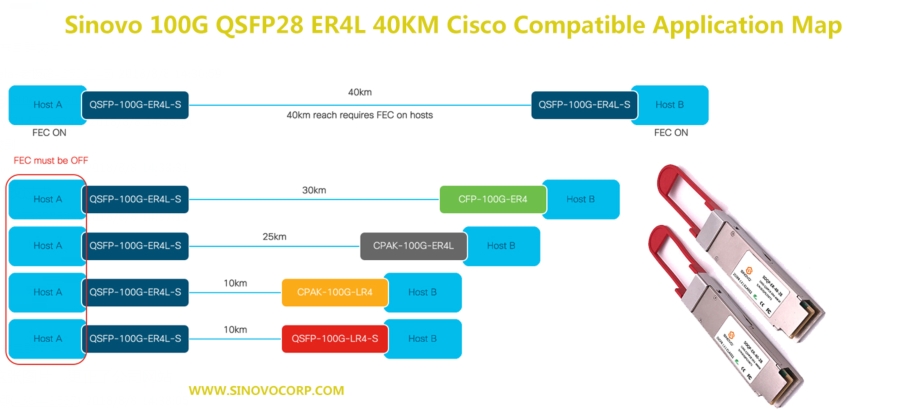
Silicon photonics technology is still in its infancy in the country. Future optical communications vendors and semiconductor manufacturers are likely to benefit from the industry outbreak. It is recommended to pay attention to the optical device manufacturer Ascension Technology, China International Equipment (to be acquired by Suzhou Xuchuang), etc.; semiconductor manufacturers SMIC, Changjiang Electronics, and Tongfu Microelectronics. ν Data center traffic growth pushes the internal chip level of the data center into copper retreat: At present, the data center is mainly based on 40G and 100G modules. Cisco data shows that data center traffic will reach 5 times in 2020, and demand will drive data center to 200G and 400G. And other high-speed transmission evolution. The 50Gb/s copper circuit is close to the limit of transmission, and it is inevitable that the copper level at the chip level falls into the copper.
Compared to III-V materials, silicon photonics technology utilizes CMOS technology, which has cost advantages and is very promising in the future. ν The difficulties in the development of the industry are gradually being broken and may break out in the next two years: In the case of silicon-based lasers,
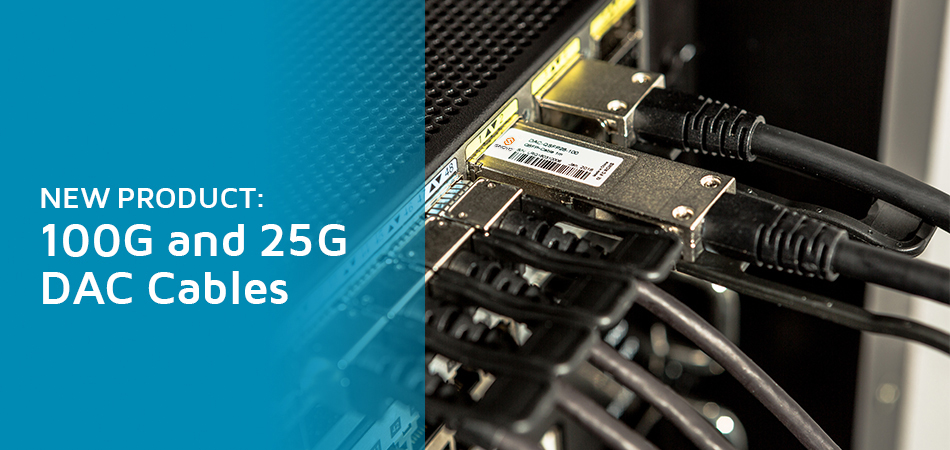
the hybrid products of III-V materials and silicon optical circuits have been commercialized, and pure silicon lasers have already achieved laboratory breakthroughs; The problem of the power consumption of light instead of electricity was initially solved by IBM; both laid the foundation for the commercial use of silicon photonics technology. We are optimistic about the development of the industry. At present, Acacia 2016Q3 revenue reached US$135 million, and SiFotonics silicon PD/APD chip has shipped nearly 1 million units. Intel announced in August that 100G silicon photonics module was officially put into commercial use. The next two years will usher in an outbreak of high probability.
YOLE predicts that in 2018, the global optical chip and its packaged device market will reach 120 million U.S. dollars, and in 2024 it will exceed 700 million U.S. dollars, with a compound annual growth rate of 38%. ν The stronger the properties of industrial electronics, the trend of downstream customers entering the R&D manufacturing process: Si photonic technology involves production links such as “design-manufacturing-encapsulation”. At present, the entire industry has not yet formed a stable competitive landscape. Chips and packaging are the core links. The advantages of silicon photonics technology are even more evident in greater output and higher transmission requirements. The properties of industrial semiconductors are getting stronger and stronger. The input of electronics giants Intel, IBM, Cisco, STMicroelectronics, NEC, and Huawei Hass will determine the speed of development of the industry. There is a trend for downstream customers to enter the middle and upper reaches of the manufacturing process. Huawei, Facebook, Ciena and others also join the industry. ν Risk Warning: The progress of silicon photonics technology research and development is less than expected, and the risk of defeat in the competition with III races; IDC business development is less than expected risks.
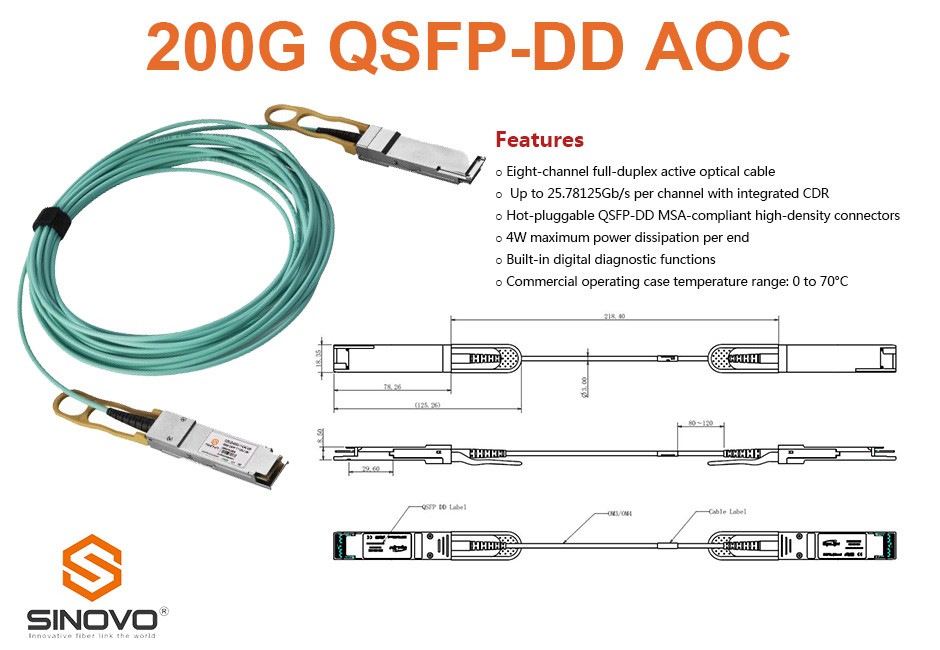
Yole Développement shared the latest findings in its research report “Silicon Photonics for Data Centers and Other Applications”. The experts including Eric Mounier, senior technology and market analyst at Yole, and Jean-Louis Malinge, former chief investment officer at ARCH Venture Partners, and other experts all conducted in-depth analysis of the silicon photonics industry. At present, the silicon photonics market is not too big. It is estimated that sales in 2015 will be less than 40 million US dollars. In fact, only a few companies have begun to ship products in the open market, including Mellanox, Cisco, Luxtera. Intel, Intel, STMicroelectronics, Acacia and Molex are all leading players in this market.
However, silicon photonics technology has continued to develop for many years. Today, this technology is highly favored by large network companies such as Facebook and Microsoft, and it is actively promoting it. "Silicon photonics technology has reached the tipping point before large-scale growth," said Eric Mounier. "In fact, we estimate that the transceiver market encapsulated with silicon photonics technology will grow rapidly to a market value of $6 billion in the next decade." Silicon photonics is an exciting technology that combines optics, CMOS technology, and advanced packaging technology. This combination is driven by the scalability of semiconductor wafer fabrication, which can reduce costs. According to Yole, before 2020, silicon photonics chips will far exceed the capabilities of copper wiring, and its solutions are expected to be deployed in high-speed signal transmission systems. In 2025 and beyond, this technology will be more widely used in applications such as interconnected multi-core and processor chips. Yole analysts believe that, at the chip level, this market is expected to reach 1.5 billion U.S. dollars by 2025.
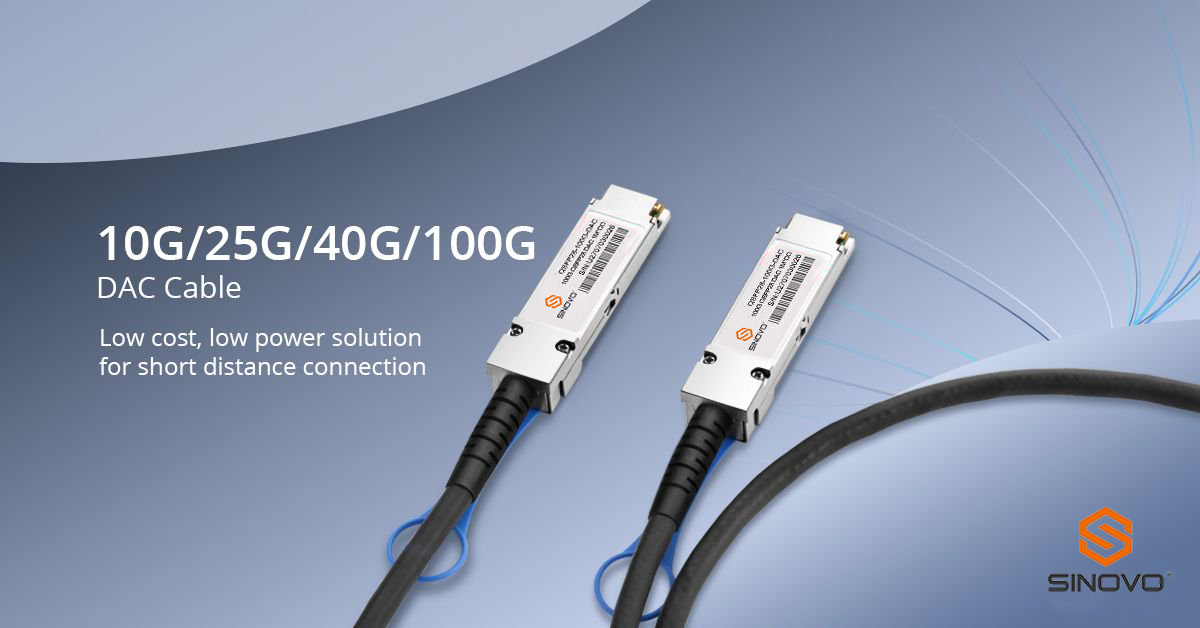
Today, for silicon photonics technology, the data center is clearly its best opportunity. Of course there are many other new applications that silicon photonics can use, including high-end applications such as high-performance computers, telecommunications, sensors, life sciences, and quantum computing. In addition, there are two emerging applications that are also particularly interesting for silicon photonics - Lidar for automated vehicle applications, as well as biochemical and chemical sensors, both from integrated optical functions and further Benefit from miniaturization.
Everbright is still a very expensive and cumbersome instrument, which poses challenges when it comes to integration into vehicles. However, Yole expects that in 2017, the ADAS market with development prospects will reach US$3.9 billion, of which, Guangda, based on silicon photonic technology, will play a key role. In August of this year, the Photonic Microsystems Group of the Massachusetts Institute of Technology (MIT) released a successful DARPA program that uses silicon photonics to achieve controlled launch and receive phase arrays and chip stacks ( Ge) Lidar-on-a-chip photodetector.
We are in front of a large-scale deployment Yole believes that the industry is close to the critical point of large-scale deployment of highly integrated devices around the world. Judging from the recent dynamics of semiconductor foundry giants, such as the cooperation between TSMC and Luxtera, GlobalFoundries and Ayar Labs have played an important role in promoting silicon photonics business. STMicroelectronics is currently the main silicon photonics manufacturer. In the development of "Zero-Change" zero change is feasible, because the manufacture of silicon optical devices do not need to change the CMOS process, which facilitates the creation of large-scale market applications in the inter-chip optical interconnection field. Silicon photonics was mature in the electronics industry as early as the 1980s, but there are still some challenges to overcome in the optoelectronics industry. These challenges require the technology to overcome the following:
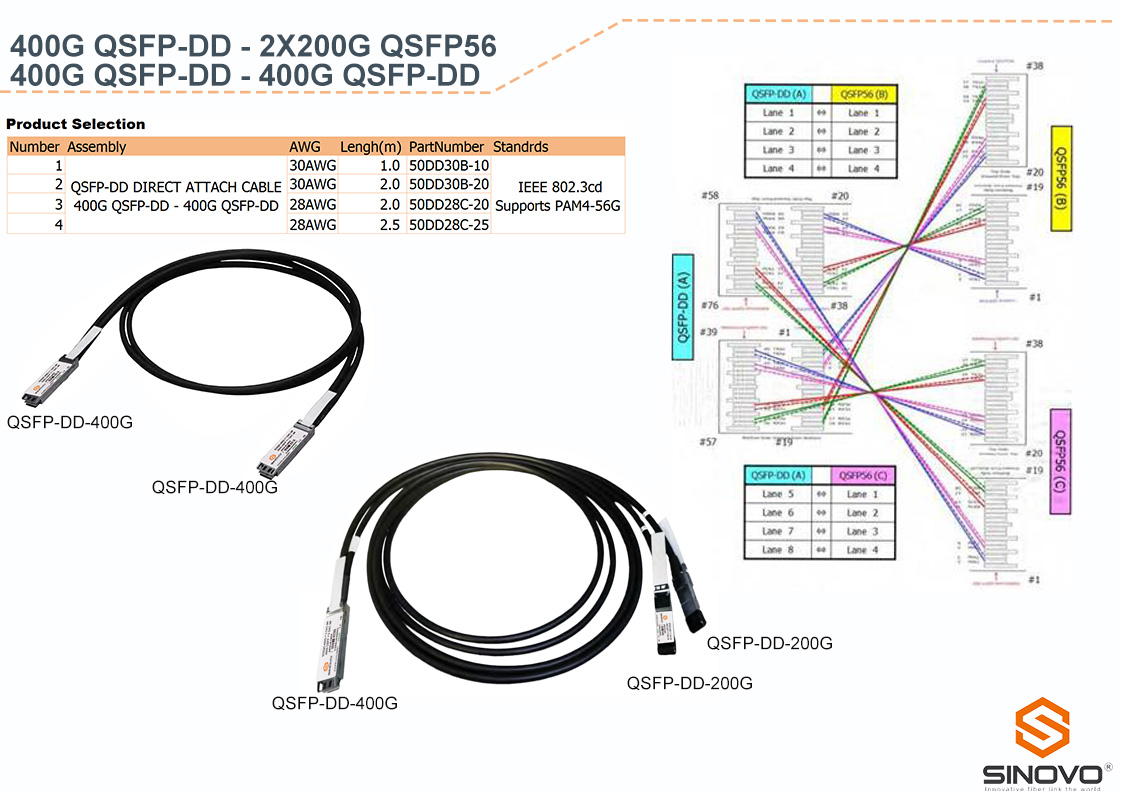
1. Light source: low cost, low speed <50Gb/s 2. Smaller Modulators: Cheaper, Better Peak Drive Performance, Low Power Consumption 3, horizontal packaging, wafer scale testing 4, design and software: optical software customization and customization, 5, mature supply chain 6, manufacturing: CMOS process zero change is a new trend.
2017-2021 Silicon Photonics Roadmap From data communications to other applications In addition to the data center, silicon photons are also needed in other areas. High performance computing usually refers to aggregating computing power in a more performance-like manner than a typical desktop computer or workstation can solve to solve problems in science, engineering, or business. Due to the accelerated growth of microprocessor performance and the recent emergence of chip multiprocessors (CMPs), key performance bottlenecks in high performance computing systems have shifted from processors to communications infrastructure. Therefore, by exploring the parallel and capacity of wavelength division multiplexing (WDM) technology, optical interconnects can provide higher bandwidth, low latency solutions and solve the large bandwidth challenges of future computer systems. High bandwidth capability, energy-saving transparency, and TOF delay can maintain optical link memory system performance. .
The telecom market is also a potential market for silicon photonics, especially metropolitan area networks ranging from 80km to 1500km. For example, Acacia is developing carrier-grade silicon photonic modules. Coherent technology was first deployed on long-haul networks, and Acacia's coherent technology reduced polarization dispersion and loss, and also reduced the channel band. Fiber to the home (FTTH) is also an indispensable application scenario for silicon photonics, especially the second-generation Gigabit optical network (GPON2). Silicon photonics can play an important role in upgrading from FTTH 10G to 25G, because it has more required functions such as wavelength tuning and switching. In other areas, sensors such as biomedical devices and sensors; future vehicles will require higher levels of safety, and their rapid response will require lower delays; silicon photonics is also very attractive for radar applications, IMEC is developing related technologies, and some R&D The project has been launched; in the case of aerospace, the dimensional weight is as stringent as reducing power consumption, and silicon photonics can be improved.
In addition, according to Yole's silicon photonics study, before 2025, the application of these non-data centers will reach a market size of approximately US$300 million



